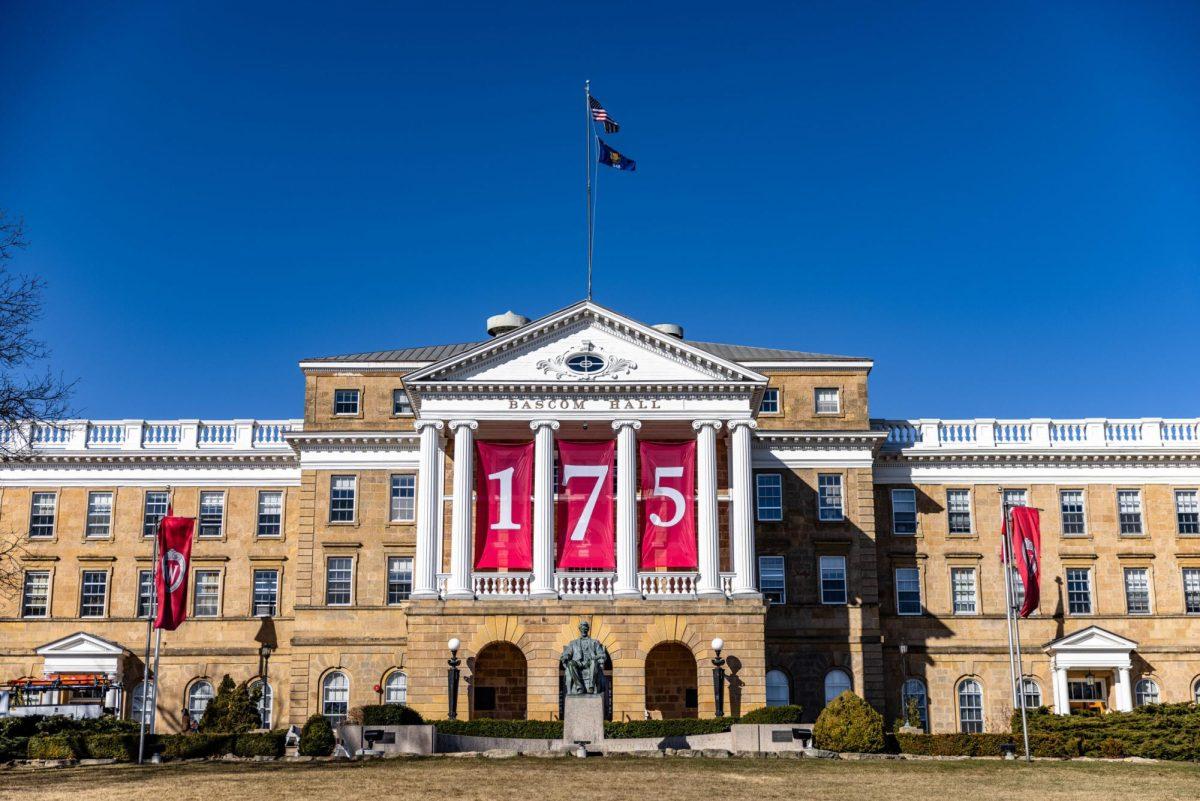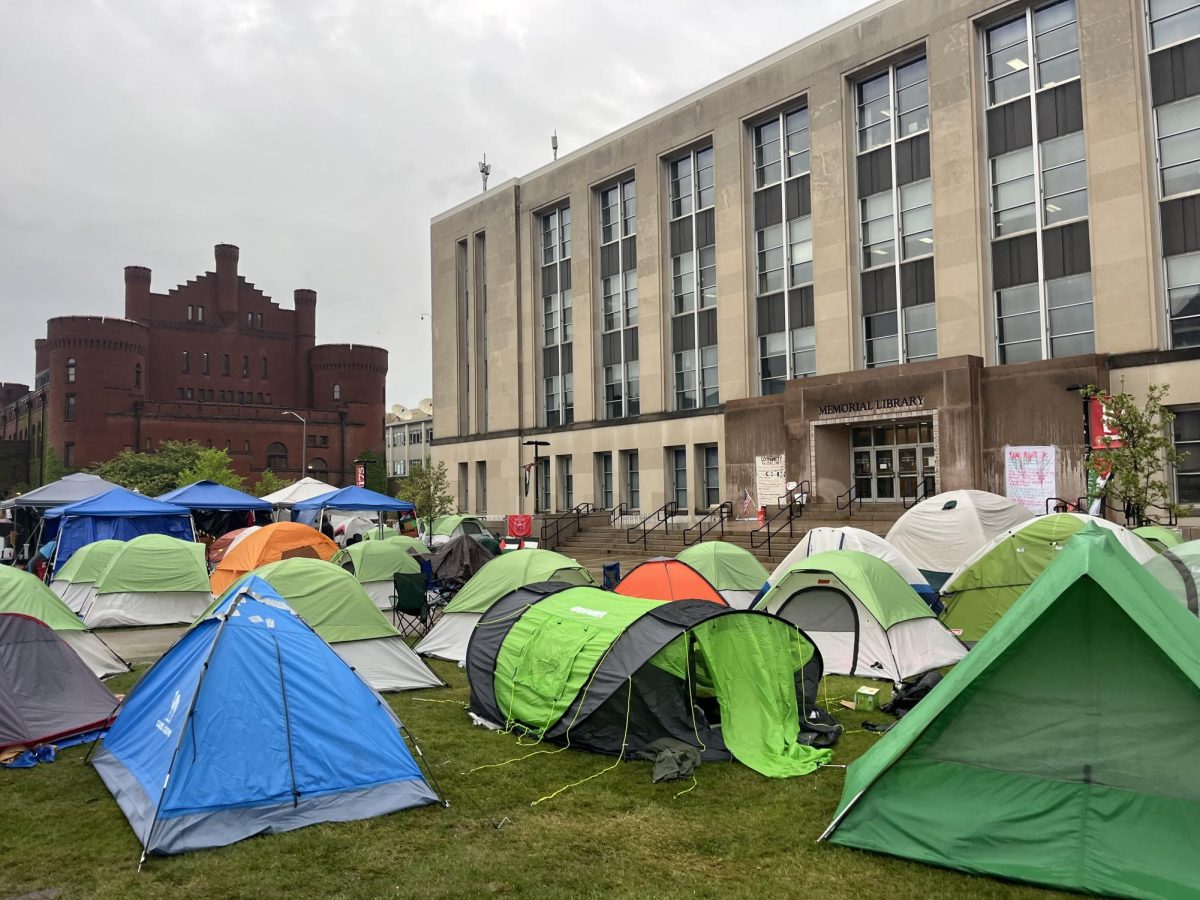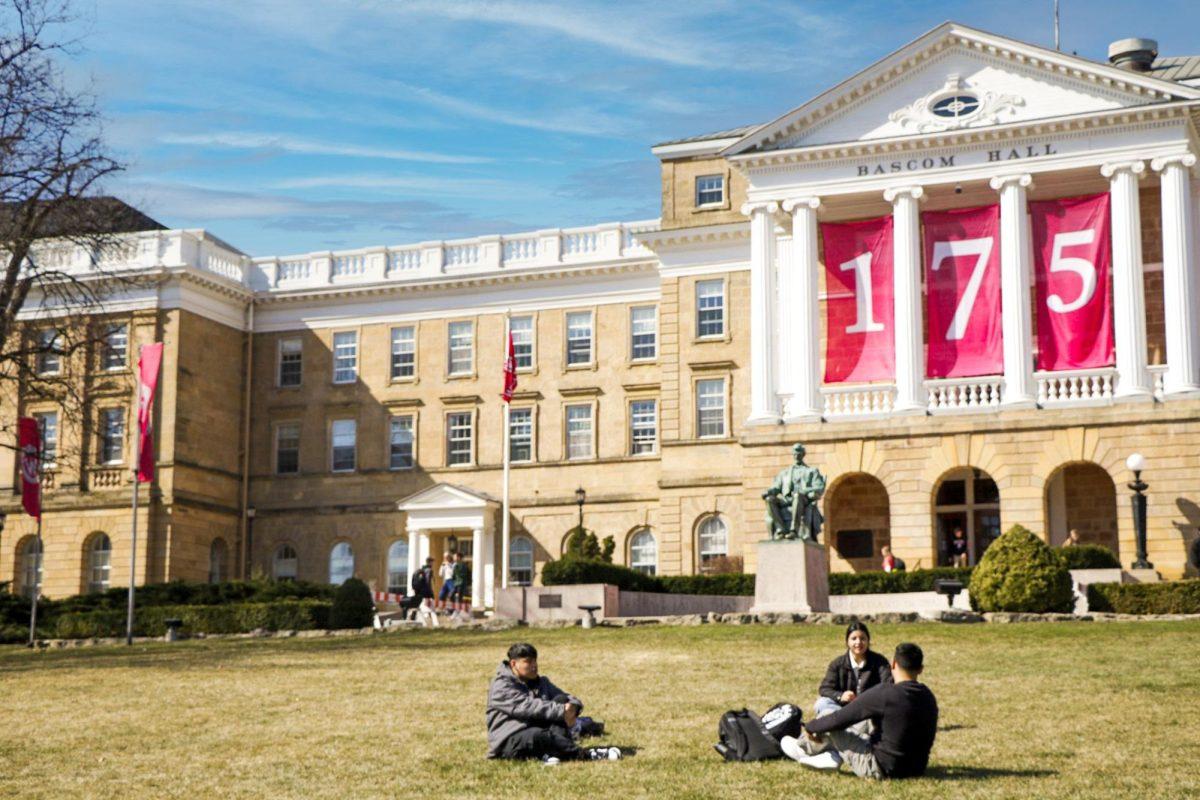He was just another college kid at the
Arrested for the distribution of ecstasy on the UW campus and sentenced nearly seven years ago, the student spent three years and three months in the federal system serving out a retributive punishment. Released from prison and out in the real world again, he has asked to remain anonymous.
The student described the experience of awaiting his sentencing before being transferred to federal prison camp as the worst three months of his life.
“You’re cut out from the outside world, you’re stuck in a cell 24 hours a day and you can’t leave and the prison guards treat you like dirt,” he said. “They think you’re scum and you don’t deserve to live. It was awful.”
This man’s case is only one of many that occur on a daily basis in this country, and the likelihood cases like his, and even those unlike his, result in prison sentences is becoming an increasing reality.
According to a report released in February by the
Additionally, the report states in 2008 alone, states spent nearly $49 billion on corrections, which is $38 billion more than what they were spending 20 years ago. However, national recidivism rates are steadier than ever, with approximately half of released inmates winding up back in jail or prison within three years.
So, what’s going to halt the increasing prison rate, the mounting expenses and the unchanging recidivism rates?
Some are looking for a different solution, a different approach, in fact, a whole different philosophy. It’s called restorative justice, and while it’s been around for many years, the “atypical way of thinking” has been on the rise throughout the country — even showing up on college campuses.
Restorative justice: a definition
According to David Karp, associate dean of student affairs at
“It creates a healing opportunity for a fractured relationship, and that’s very important to the community,” he said. “When we have crimes that happen, we have a rip in the fabric of a community. And rather than ostracize people from the community, we need to mend that fabric.”
Karp added the restorative justice approach “flips the traditional punishment model on its head.” Instead of giving offenders a retributive, “eye for an eye” penalty, it attempts to identify the harm caused and repair it through many different strategies.
Jo Winston, director of the Office of Victim Services and Programs for the Wisconsin Department of Corrections said there are many different ways to implement the restorative justice approach, from victim-offender dialogue to restitution payments to community service.
“It is a philosophy, a way of looking at crime and a way of involving victims so they are not simply a bystander, but a part of the process,” she added.
Winston said she deals solely with victim-offender dialogue cases in which victims can voluntarily choose to contact their perpetrator. She added oftentimes this approach is used for the more serious, violent crimes such as parents of children who have been murdered as the result of a drunken driving accident, sexual assault victims or incest victims.
The particular approach is often seen as extremely transformative for both the victims and offenders, she said.
“While a lot of the evidence is anecdotal, what I hear over and over again is we really have had 99.99 percent of people come out of that meeting just so grateful,” Winston said. “For victims, it changes the way they see the offenders — they’re no longer the monster. For offenders, it changes the way they understand the harm they created.”
Winston did caution, however, that restorative justice is not for everyone. But, when it is chosen as a means to restore harm, it is often successful.
Lesson learned?
Ultimately, the ex-ecstasy dealer said he believes he could have better served out his sentence in the community versus the solitary confines of the prison world.
He added while restorative justice should be monitored on a “case-by-case” basis, he saw many cohorts in prison who would have also better served the community outside of prison.
“There’s so many first time, non-violent offenders that would be served better with community service, or drug addicts in there that are just picked up for a gram of crack who could really use a good drug rehab program,” he said. “But really, in the end, I don’t think my punishment served the community well, and I think I would have been much more productive outside.”












